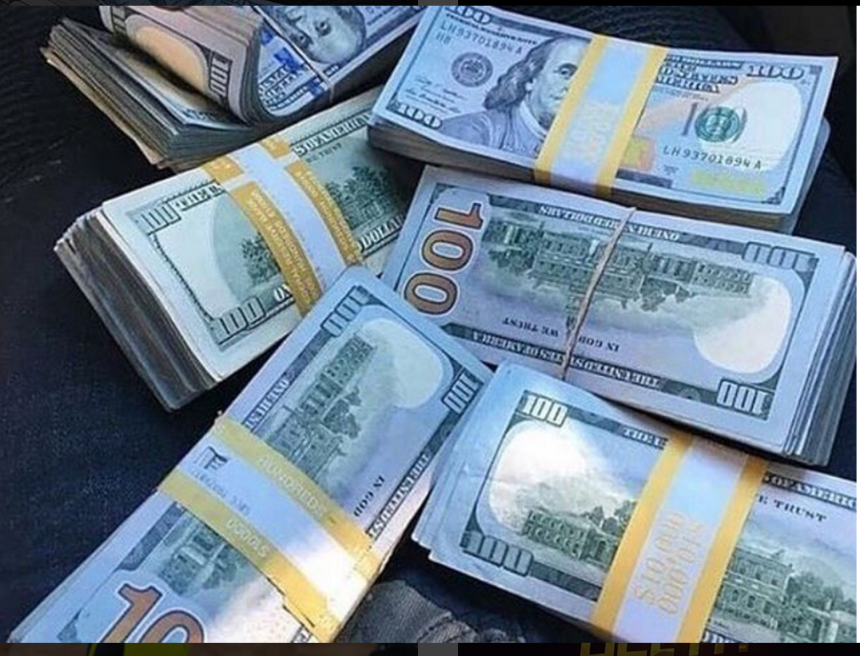On Tuesday, January 16, 2024, the dollar demonstrated resilience, spurred by a recalibration of expectations regarding imminent rate cuts by the U.S. Federal Reserve. This adjustment followed assertive statements from European Central Bank (ECB) officials, introducing a degree of caution into the market. Concurrently, apprehensions regarding potential assaults on ships in the Red Sea exerted downward pressure on risk sentiment.
Against a basket of currencies, the dollar recorded a 0.3% upswing, reaching 102.94, building upon the 0.2% gain experienced during subdued trading on a U.S. public holiday on Monday. The euro, conversely, experienced a 0.3% decline to $1.0912, marking its most significant one-day percentage drop in a fortnight. Sterling also dipped to $1.2679, down by 0.38% for the day, retreating from the nearly five-month pinnacle of $1.2825 achieved in late December.
European Central Bank officials, diverging from the prospect of early rate cuts, cast a shadow over the global rate outlook. Joachim Nagel of the ECB remarked on Monday, “It’s too early to talk about cuts; inflation is too high,” emphasizing the imperative to avoid the premature reduction of interest rates. Market indicators presently factor in 145 basis points (bps) in cuts to the ECB’s deposit rate during the year, likely commencing in April.
Charu Chanana, the head of currency strategy at Saxo in Singapore, observed, “The hawkish ECB commentaries last night have fueled concerns that market pricing for the Fed rate path may also be aggressive,” attributing this to a potential shift in safe-haven demand amid escalating disruptions in the Red Sea.
Amid geopolitical tensions, a Houthi movement official from Yemen declared intentions to broaden targets in the Red Sea, explicitly including U.S. ships. This proclamation followed U.S. and British strikes on Houthi sites in Yemen, contributing to heightened risk aversion.
The Australian and New Zealand dollars, typically indicative of risk appetite, experienced significant declines, surpassing 0.5% to reach their lowest levels in a month. The Australian dollar stood at $0.6614, while the New Zealand dollar settled at $0.61665.
Investors are presently anticipating remarks from Federal Reserve official Christopher Waller, whose dovish stance in late November catalyzed a year-end rally. The current market assessment reflects a 66% likelihood of a 25 basis points cut in March, a slight decline from 77% and 63% recorded a day and a week earlier, respectively. However, projections for cuts in 2024 have increased to approximately 160 basis points, up from 140 basis points a week prior.
Hamish Pepper, fixed income and currency strategist at Harbour Asset Management, cautioned against overly optimistic market pricing, suggesting a potential reassessment of easing expectations could support the dollar. Pepper emphasized the resilience of the labor market despite quicker-than-expected declines in inflation.
In the bond market, the 10-year Treasury notes’ yield rose by 5.3 basis points to 4.003%, while the two-year U.S. Treasury yield increased by 7.3 basis points to 4.211%, aligning with shifting interest rate expectations.
Looking ahead, a data-heavy week awaits with reports on Chinese fourth-quarter growth and U.S. retail sales scheduled for Wednesday. Sterling traders will focus on this week’s jobs and inflation data to refine their interest-rate models. Markets currently anticipate approximately 120 basis points of rate cuts by the Bank of England in 2024, with the first expected in May.
Meanwhile, the yen weakened by 0.29% to 146.15 per dollar following data indicating Japan’s wholesale price index remained unchanged in December compared to the previous year. This marks the 12th consecutive month of slowing wholesale price index growth, suggesting a moderation in consumer inflation and relieving pressure on the Bank of Japan to phase out its extensive stimulus program. Expectations of a policy shift from the Bank of Japan had strengthened the yen at the close of 2023, but the currency has since declined by 3% in January.















